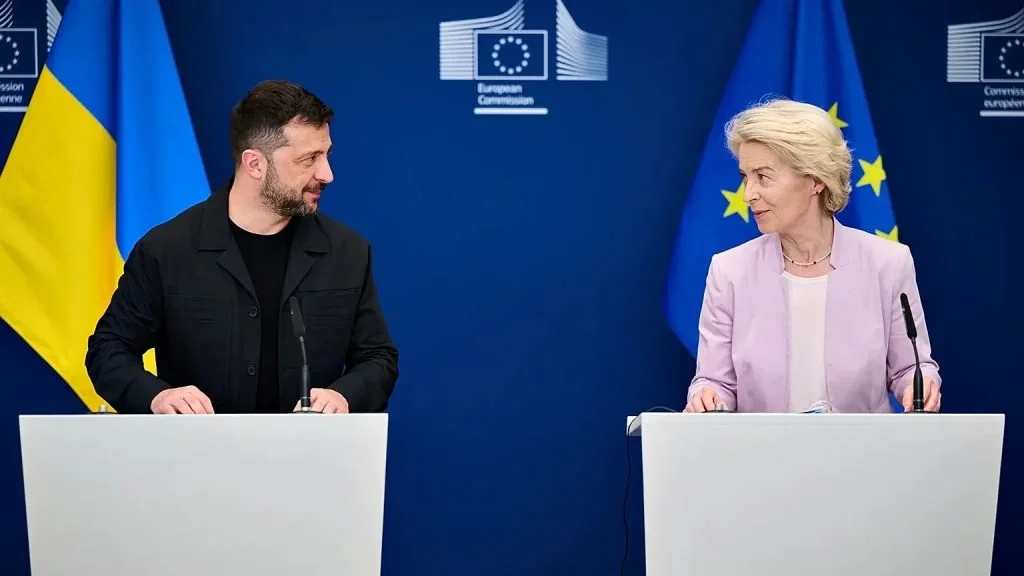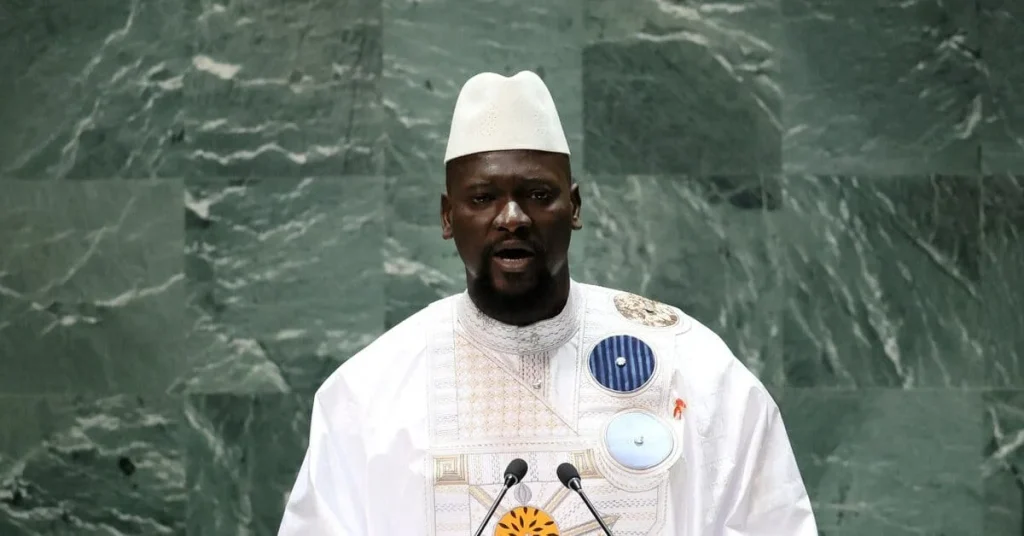European Union leaders are debating a proposal to use frozen Russian central bank assets to back a €140 billion loan package for Ukraine. The funds would support Kyiv’s economy and defense needs through 2026 and 2027.
However, the initiative faces major legal hurdles before it can move forward.
Financial Context and Rationale
With U.S. military aid to Ukraine shrinking and many EU states struggling with tight budgets, Brussels is exploring alternative funding. The European Commission suggested channeling proceeds from frozen Russian securities.
The repayment structure would depend on Moscow eventually paying reparations for its 2022 invasion, shielding Ukraine from immediate debt obligations.
Legal and Political Challenges
International law prevents direct seizure of sovereign assets, complicating the plan. Belgium, which holds the majority of frozen funds, has demanded EU-wide guarantees to avoid carrying all the risk if Russia seeks compensation. France and Luxembourg have echoed similar concerns.
Danish Prime Minister Mette Frederiksen described the proposal as “promising,” but stressed the importance of legal clarity. French President Emmanuel Macron also underscored the need to remain compliant with international law.
EU Leaders Push for Unity
European Commission President Ursula von der Leyen expressed optimism about crafting a legally defensible mechanism, insisting that Russia must be held accountable without outright confiscation. German Chancellor Friedrich Merz indicated that a detailed framework will likely be presented at the October 23–24 summit.
G7’s Potential Role
France has called on the G7—comprising the U.S., Canada, Japan, and the UK—to co-guarantee the loan. Paris also urged that Ukraine’s purchases prioritize European defense industries, not just American suppliers.
Germany and Italy, both home to strong military manufacturers, have shown interest in securing contracts tied to the aid. G7 finance ministers held preliminary talks on the matter on October 1.
Russia’s Response
The Kremlin swiftly condemned the proposal, labeling it an act of “theft” and warning that it would further escalate tensions with the West over frozen Russian assets.
Why It Matters
The plan could significantly boost Ukraine’s resilience in its war effort. Yet, the legal and financial risks highlight the delicate balance between punishing Russia and maintaining EU credibility on the global stage.
Next Steps
The EU hopes to finalize the loan package by late October 2025, but divisions among member states remain a key obstacle to reaching a consensus.






